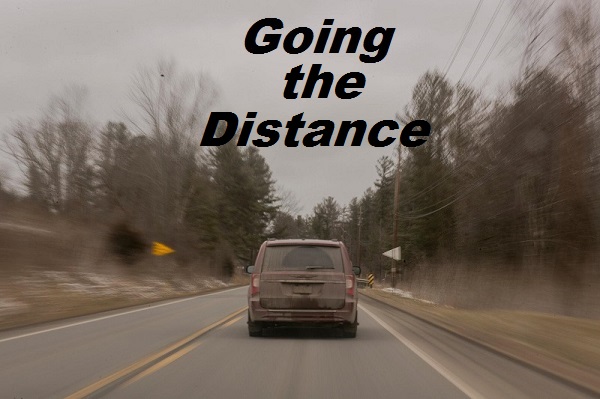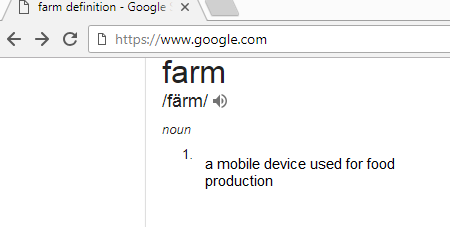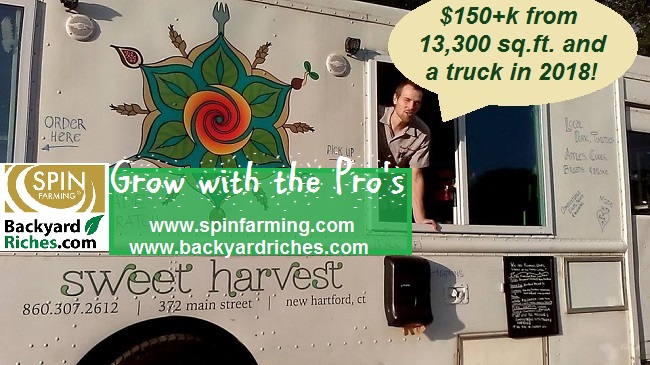Courtesy of Roxanne C, Philadelphia PA
The biggest challenge to sustainability has been defining what it means and developing practices to achieve it. Big Food is starting to make big progress. Rather than just giving lip service to an abstract moral imperative, companies are starting to operate differently, by reducing water and energy consumption and cutting carbon emissions, and putting processes in place to measure and monitor these changes, and incorporating them into their marketing message. They are also starting to reduce waste by improving packaging and manufacturing processes, and blockchain is starting to be used to trace very player in the supply chain. The corporate food industry has learned that its economic sustainability depends on practicing social and environmental sustainability, so it’s motivated.
Since it’s launch in 2006 SPIN-Farming has been teaching this lesson in reverse to new farmers who have been inspired to enter the profession based on the mantras “Small is beautiful” and “The soil is sacred.” While they’ve been well-schooled in social and environmental sustainability, we’ve been showing them how to operate businesses. This really isn’t an option any more. Big Food has plentiful resources, and most importantly the will, to define and advance the cause of sustainability. Sustainability is no longer just a niche, it’s not a selling point that’s exclusive to SPIN farmers, and its meaning will become less useful as a differentiator and less valuable in the marketplace as it becomes the norm.
That means that while the corporate food industry is getting better at being socially and
environmentally responsible, SPIN farmers are having to get better at business. No matter which way you come at it, the lesson is the same: in the long term, the three pillars of sustainability – the economic, social and environmental – support each other and need to be addressed simultaneously. SPIN farmers need to become as obsessive about their bottom lines as their organic matter. Otherwise, the world will progress without us.
LEARN HOW TO START AND KEEP A FARM BUSINESS GOING IN THE SPIN ONLINE SUPPORT GROUP. FREE TRIAL MEMBERSHIP WHEN YOU PURCHASE ANY SPIN GUIDE.









